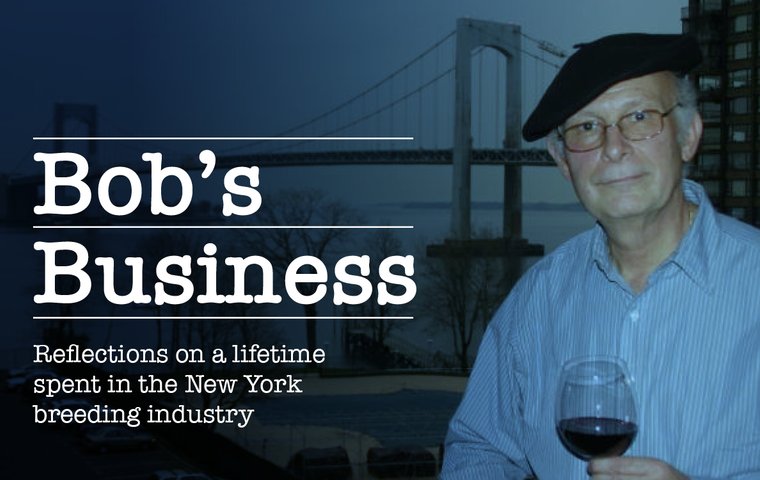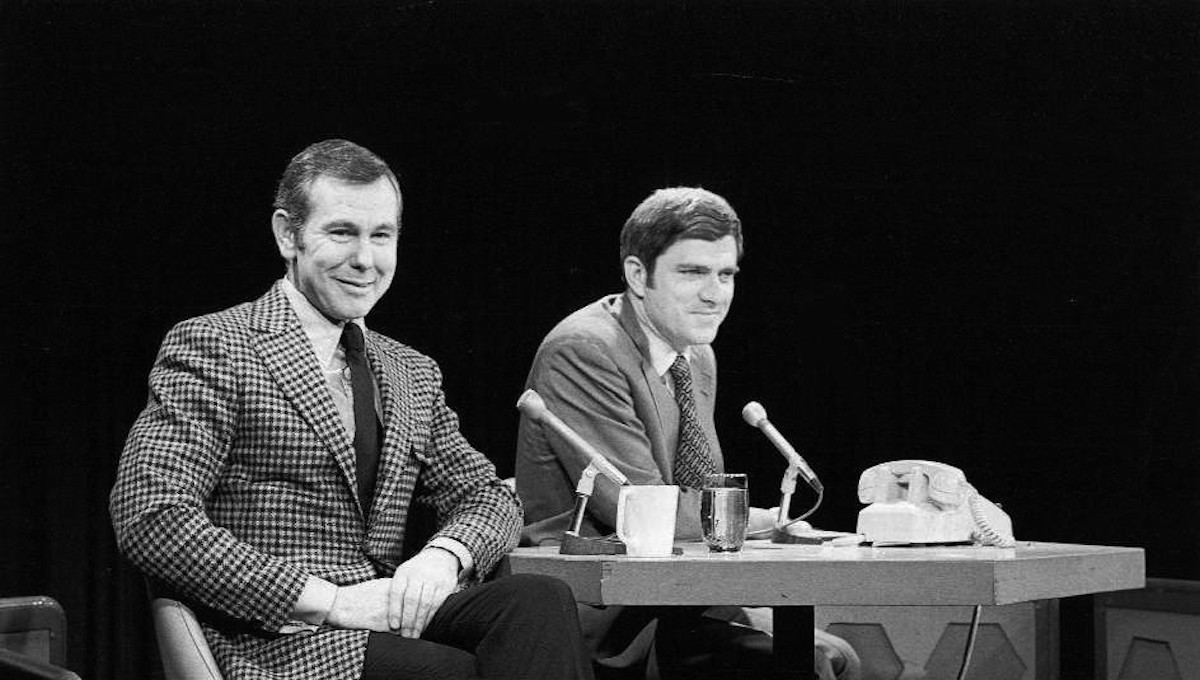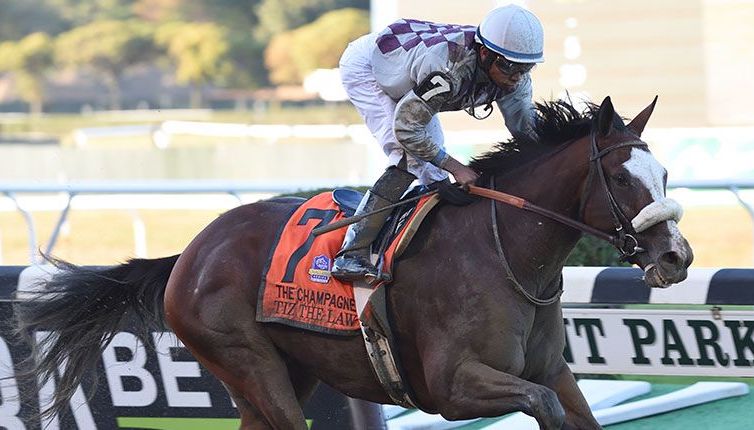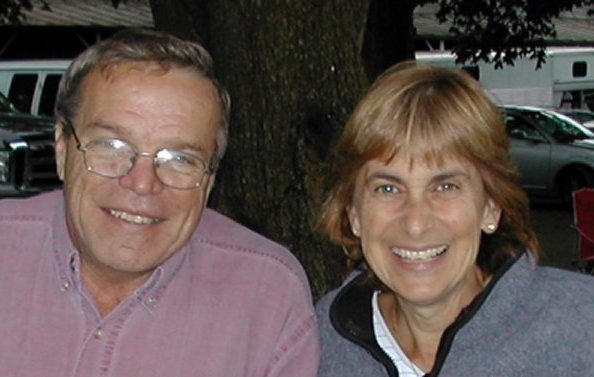
Robert D. Fierro says his goodbyes with the final instalment of his seven-part personal memoir detailing his involvement in the formative stages of the New York breeding industry
When last we met breeders and stallion managers in New York seemed to be heading toward a schism over the breed-back rules established by law and administered by ‘The Fund’ (New York State Breeding and Development Fund).
Following my lengthy and loud discourse with Doug Koch on the Belmont Park backstretch I consulted Joe McMahon and Gerry Nielsen, who were the vice-president and secretary treasurer of NYTB about an idea which no one had ever proposed.
Why not hold a symposium in the state capital of Albany and invite all the major players in the program to bring problems, potential solutions, and perhaps sanity, to the situation?
 Long story short the idea took hold and subsequently several dozen people from all parts of the state got together. The setting was a direct mimic of the interactive discussions that were popular at the time on The Phil Donohue Show, the country’s top talk program. We dubbed the symposium the Stallion Development Council. Not very snappy, but there you go.
Long story short the idea took hold and subsequently several dozen people from all parts of the state got together. The setting was a direct mimic of the interactive discussions that were popular at the time on The Phil Donohue Show, the country’s top talk program. We dubbed the symposium the Stallion Development Council. Not very snappy, but there you go.
We arranged the attendees around a square of tables where people who may have never met sat next to each other and had no idea what to expect. Casting myself as the ‘Donohue clone’, I wandered around and handing them the microphone letting them take the time to lay out their hopes and problems.
Cooperation and compromise
Whether representing a major stallion operation or a boarding farm with only a handful of mares, whether located in the Hudson Valley or Genesee Valley, a consensus seemed to be building that some eyes were opened – and some brain cells jolted in the direction of cooperation and compromise.
What also jolted were remarks from the representatives and lobbyists of The Fund that we’d be running a big risk by trying to rewrite the rules, which are codified in law.
“You don’t want the Black and Puerto Rican caucuses in Albany looking at how much of the pari-mutuel revenue goes into the program,” one of them announced.
That scared some people but also insulted most of the breeders to the point that one of the leading breeders moved that the NYTB board come up with a proposed change in the law regardless of what the Albany functionaries cautioned.
Joe McMahon, Gerry Nielsen, and I set forth to come up with the proposed language which was overwhelmingly favored by breeders – but not by the political appointees who regulate the industry. This was made clear through The Fund’s representative on the NYTB Board at a meeting in the spring – but the breeders on the board pressed ahead with a plan to deliver the language to the legislature.
Blindsided – and ousted
However, by the time of next board meeting in the Fasig-Tipton office at Saratoga at the time of the yearling sale, The Fund’s representative had worked on certain members of the board, claiming that the survival of the entire program in the legislature would be threatened if NYTB pursued its agenda.
In short, I was blindsided. The board members removed me as president and Joe McMahon as vice-president – a move that immediately made the rounds of the sales barns and into the office of John Hettinger, who at the time was the majority shareholder of the sales company.
Hettinger immediately called NYTB board members and major breeders to meet the next day in the same room where Joe and I were purged. He denounced the Fund’s move and stated flat out that, if the next NYTB board election in the fall did not return Joe and I and others to the board in order to continue to try to change the breed-back rule, then he would close his New York farm and move his horses to Kentucky – a threat also echoed by two other major breeders at the meeting. The intimidation shoe was now on the other foot.
Signed into law
In the end both Joe and I were re-elected to the board and Doug Koch was also elected and chosen as president by the board members. In early 1994 Joe and I put finishing touches on the language for a new breed-back law and in a big surprise the entire board traveled to Albany to take our hands at lobbying the right legislators. In the end the change was passed and signed into law by Governor Mario Cuomo in a ceremony at Belmont Park.
The board also asked me to organize a committee to suggest a plan for a day at the races featuring only New York-bred stakes and condition races– a concept pioneered in Maryland via the Maryland Million. The committee took only a couple of hours to come up with a concept which paid tribute to the history of the state under the title the New York Showcase.

Despite some resistance from NYRA, the day was scheduled for the Belmont Fall meeting and was shockingly successful – it attracted full fields and the second-largest parimutuel handle of the entire meeting. It has morphed over the years to a Showcase Day at each NYRA track with strong fields and often record-setting handles.
My personal business had kept me seriously busy because in early 1993 the NYTB board had asked me to produce a newspaper (The New York Thoroughbred Report) detailing the progress of the program along with the economic and political difficulties NYRA was experiencing. It turned out to be a solid revenue source for NYTB (and yours truly).
Around the same time, I’d been asked to serve as marketing and management consultant to Equix Biomechanics, in Lexington, which put me on a busy schedule. While in Saratoga in 1994, I visited the McMahons and was introduced to their son Michael, who had graduated from Cornell in 1993 and had a few pick-up jobs since then but was seeking something full time. It turned out that Equix was looking for a trainee and I suggested he answer their ad – and he got the job.
In 1995 I was named president of Equix and appointed Mike a vice- president of the firm a couple of years later and he remained there until 2001, when he left to start his own bloodstock firm.
Irony of ironies
In an irony of ironies, a decade or so later Mike was elected the NYTB board. He served two terms as president during which time he experienced the same kind of political harassment from power seekers which his dad and I had endured.
However, he and others on the board managed to stop a potential change in the law that would have reduced the program’s financial status. (Mike currently serves in a voluntary capacity as president of Thoroughbred Charities of America).
In the interim NYTB experienced a series of questionable decisions by various board members who did not like a free press such as the newspaper I was producing, and I was removed in early 1996.
However, by July I’d managed to fund and produce The New York Thoroughbred Observer, which succeeded in promoting New York racing and breeding.
Meanwhile, Equix was doing well but in 2004 one of the owners eschewed a plan to develop digital programs. The owners who supported this concept made a deal that resulted in them being able to start DataTrack International with the same source code – and hiring me as managing director.
A handicapping tool
Within a year I’d developed a digital speed figure for two-year-old sale breeze shows and thought it could also be a handicapping tool. That brought me back to the desks of Steve Crist and Charlie Hayward, who were at that time running Daily Racing Form. They liked it, we named it BreezeFigs, and it was published every day with a Saturday column handicapping column. The arrangement lasted 15 years through June of this year when I retired and DataTrack subsequently closed.
Soon after, Charlie Hayward had begun his own research which resulted in his August column for the View from the Rail series. However, prior to that article appearing he’d contacted me about the possibility of putting together this series which is now ending. Charlie suggested we attend the New York-bred weekend at Saratoga to get a feel for what happened dur ing the 2000s when I was not active in the program.
ing the 2000s when I was not active in the program.
As part of our quiet tour we wound up at the sales grounds where the New York-bred yearling sale, now a big-time event, would kick off that evening. There could not have been more than a handful on the grounds who knew that Charlie (former NYRA president) and I (former NYTB president) knew each other, to say nothing of being friends for 40 years.
This was brought home when we got around to the McMahon Thoroughbred sales barns which was a focal point for many buyers. In 2000 the farm was where Funny Cide, the first New York-bred to win the Kentucky Derby, was foaled and sold at this sale by the McMahons as consignor.
As we approached Joe looked up from his catalogue and saw the two of us together and to say he was surprised is an understatement. After a few mumbles among us Joe stopped, looked me in the eye and said: “You know Bob, you turned out to be right – and you were probably 20 years ahead of your time!”
I was stunned with quiet pride, snuck a side glance to Charlie and got a huge smile. I sincerely thanked Joe and looked over the grounds and could think of only one word to describe how I felt witnessing what skeptics and functionaries opined could never happen: Bravo!
• Visit the New York Thoroughbred Breeders (NYTB) website
Bob’s Business #6: Paradise almost lost and preparing for divorce
Bob's Business #5: After the honeymoon but before the divorce
Bob's Business #4: Across the threshold and before the honeymoon
Bob's Business #3: Serendipitous and fortuitous meetings with the movers and shakers
Bob’s Business #2: A lot more than fifteen miles on the Erie Canal
Bob’s Business #1: How I met Steve Crist – then serendipity took over
View the latest TRC Global Rankings for horses / jockeys / trainers / sires


